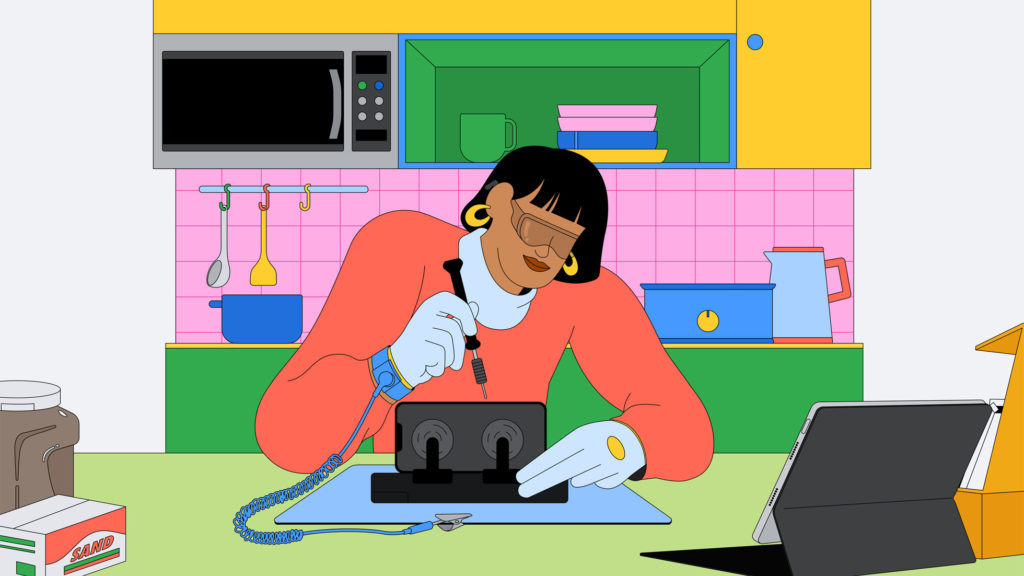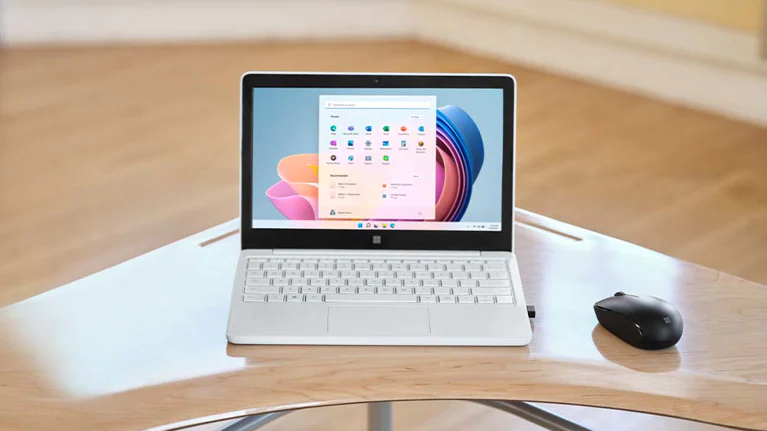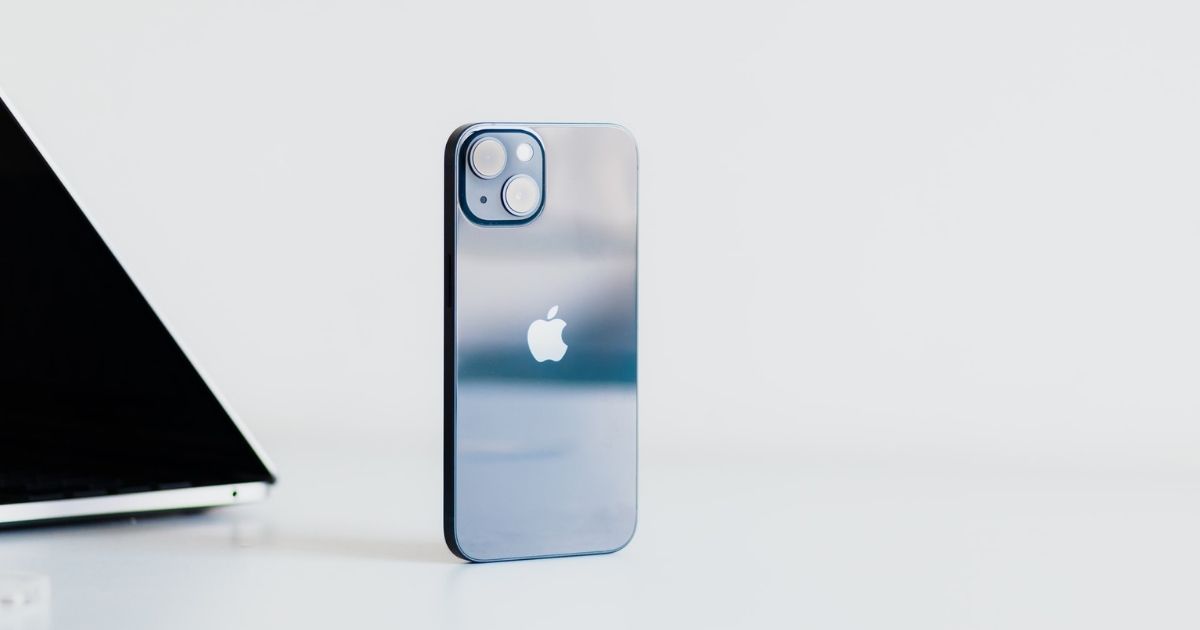In a surprise Right To Repair-friendly announcement, Apple is letting users repair their own devices. The Self Service Repair program will effectively let you repair your Apple devices without the risk of voiding your warranty. As such, the company will be giving users tools, parts, and manuals that will help with this. The program will start off with the iPhone 12 and 13 and will move on to M1 chip-included Macs.
Apple’s Self Service Repair will kick off in the US early next year and will expand to other countries throughout the year. Initially, the program will focus on issues around the iPhone display, battery, and camera. The company hasn’t stated whether the program will move to open up for other parts and other iPhone models.

(Image credits: Apple)
It’s unclear how much the parts will be and what are the pre-requisites to be eligible for Self Service Repair. Given Apple’s history, it won’t be surprising to see some hair-raising pricetags. After all, this is the same company that charged USD 1,000 for a monitor stand.
But the more interesting part is the implication of this Self Service Repair initiative. It’s not only good news for Apple users, but also Right To Repair in general. This has the potential to be a trendsetting move for the industry at large. Especially considering Apple’s position and influence in the market.
What’s Right To Repair and why should I care about it?
First off, this isn’t about forcing manufacturers to repair your devices for you or anything along those lines. The Right to Repair is a movement that advocates for one simple thing—to let users repair devices they’ve already purchased. The idea of being able to repair devices you already own may sound obvious, but the actual reality isn’t that simple. True, there are no legal barriers that’s preventing you from your right to repair. But manufacturers don’t necessarily make the process easy.
Manufacturers are increasingly moving to tighter integration when it comes to their products. Retaining control of their own tech ecosystem means more marketable products and a fatter bottom line for the company. Yes, it has its advantages. But the truth is that users end up losing control and freedom of their own devices as collateral. As Linus from Linus Tech Tips puts it, “a business model that’s designed to force you to buy more is unethical”.
In other words, you won’t be able to use your device as long as you ideally would like to. Instead, you’re either forced to pay a higher price tag for repairs or buy a new device entirely.
This gets to the other important point about Right To Repair. More repairable devices mean you can use your devices for a much longer period. This translates to fewer devices being thrown out as e-waste. After all, e-waste is a massive problem when it comes to carbon emissions and waste streams. Smartphones alone account for 10% of global e-waste. That’s an estimated over 50 million tons in 2019. Better repairability is one of the most effective ways to tackling this problem.
So, if anything the Right To Repair movement is good for your pocket as well as the environment.
Where does Apple fit into this?
Apple lies on the other end of the spectrum with regards to Right To Repair. The tech giant is notoriously known for building devices that are inherently difficult to repair and the lackluster approach towards repairability in general. It’s partly what enables Apple to follow a tightly controlled lineup of products and retain its userbase within the ecosystem. There are definite advantages to being part of such a closed ecosystem. But unfortunately, this hostility towards repairability comes at the cost of the user and the environment. The fact of the matter is that the more easily replaceable parts are, the better it is for the user. Apple actively chooses to go the other way. The latest Self Repair Service may be an indication that the tech giant might be changing course.
However, this isn’t the first time Apple announced such an initiative. Back in 2019, Apple announced its Independent Repair Provider program. At the time, it felt like a good move and a step in the right direction on making its products accessible and convenient for repairs. As it turned out the program wasn’t exactly what everyone thought it was, as Right To Repair advocate Louis Rossmann will tell you in detail.
While it could turn out to be a PR stunt for the company, there’s no denying Apple hasn’t felt the pressure. The recent years have seen repair activists and regulators increasingly pushing for better repairability around devices. It’s hard to turn a blind eye when everyone from the biggest tech youtubers to the US federal government are making a noise about the same issue.
Larger implications for the global tech industry
Mind you, this isn’t an Apple-exclusive problem. In fact, it’s not even a unique tech problem either. But Apple is a market leader in a globally massive system. Its actions often send a ripple effect throughout the industry. Remember what happened to the headphone jack, the notch, and the charging brick? So, a move in favor of Right To Repair could potentially be a trendsetter as well.
But for Apple to truly make an impact, it should take a step further and make it easier for third-party repair shops to fix your devices. This means offering technical support, parts, schematics, the whole nine yards. Picture this. Next time you go to a repair shop to fix your phone screen or a faulty port, imagine if the repair shop refuses you outright for the simple reason that they don’t have the tools and means to do a proper repair. That’s what it means to not make considerations to repairability.

However, if Apple heads in the direction of better repairability and that’s a big if, it would prompt other manufacturers to follow suit and start offering better repair support for users and third-party repair stores. Considering the current state of electronics pertaining to raw material and component shortages, we could use better hardware support for our devices.
Does any of this matter to us Sri Lankans?
Well, not right now. The Self Service Repair program will be launching in the US first and will move to other countries later. Currently, there’s no timeline on when that will open up globally for countries like Sri Lanka. But when it does become available it could potentially mean you might end up draining your wallet far less and you won’t have to worry about a stranger operating on your electronics. That’s assuming the repair parts won’t cost you an arm and a leg.
It would be interesting to see if other manufacturers go the same route and we end up having better support around repairs for specific Android smartphone manufacturers too.
Either way, in markets like Sri Lanka where our selection of electronics has depleted noticeably over the past year, buying a new smartphone is becoming increasingly challenging. Thereby, longevity of our devices has become more important than ever. Better repairability goes a long way in making that possible.







GIPHY App Key not set. Please check settings